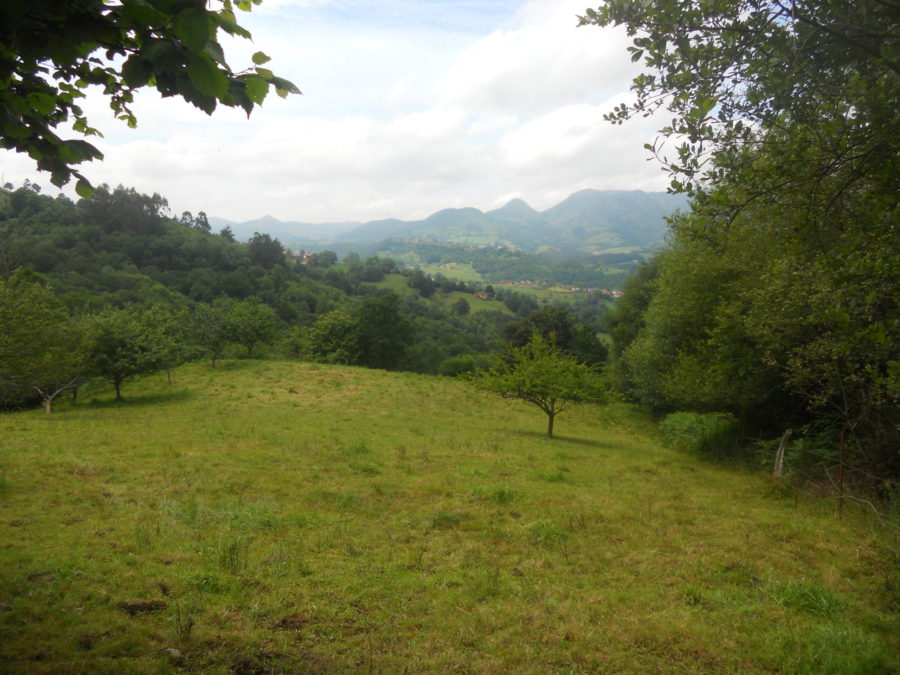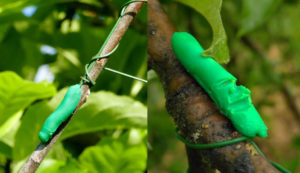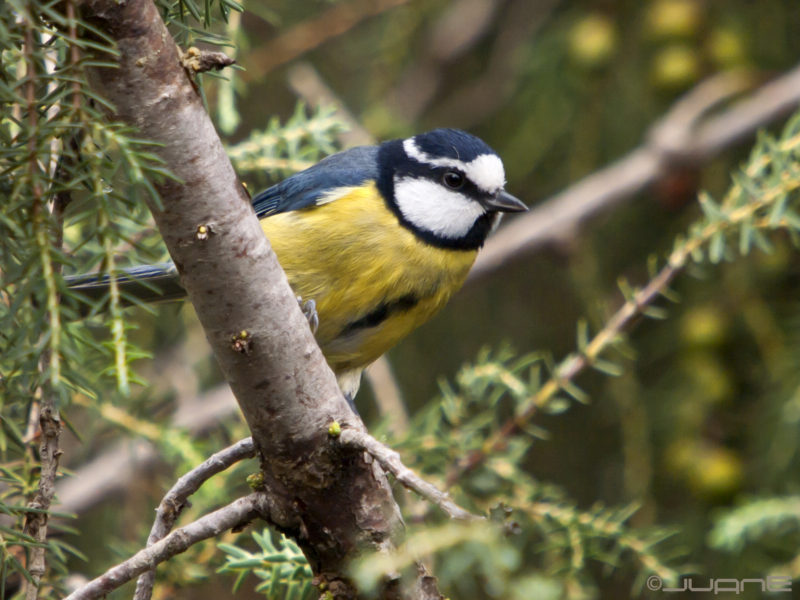This article, published originally in The applied ecologist, focus on how sustainable agriculture can be achieved through farming systems that preserve ecosystem services. In their latest research, García and colleagues test the effectiveness of nest boxes in increasing pest control in cider apple orchards.
Cider is an iconic product in the Asturias region of northern Spain, and cider apple growing is a key component of the region’s agricultural sector.
Many Asturian apple orchards are located in landscape mosaics which are rich in biodiversity. Apple growers within the region are keen to promote ecosystem services which facilitate biological control, but lack the required tools for attracting beneficial biodiversity to orchards.
Apple growers within the region are keen to promote ecosystem services which facilitate biological control, but lack the required tools for attracting beneficial biodiversity to orchards.
A large-scale fieldwork
Nest boxes are a popular instrument to attract birds, but little is known about their effectiveness in promoting pest control in crops. In our study, we wanted to test whether installing nest boxes for insectivorous birds decreased pest attacks on apple trees, and to provide famers with evidence-based tools for managing and promoting ecosystem services within orchards.
We set up a three-year experiment to compare 24 cider apple orchards – 12 orchards with nest boxes and 12 orchards without nest boxes – with over 100 nest boxes installed in total.

Blue tits, great tits, and a few common redstarts occupied the nest boxes. When the birds started feeding nestlings, we estimated their ability to reduce pest numbers by counting the number of pecks on plasticine models of caterpillars of apple pest lepidopterans. We also quantified the abundance of arthropods (including pests) on apple trees and identified prey items brought back to the nestlings in the bird boxes.
Our results show that pest control improved in orchards where there were nest boxes compared to those without. In the orchards with nest boxes, we found higher rates of attacks on plasticine caterpillars, lower abundances of arthropods and, remarkably, lower probabilities of finding pests on apple trees.

Great tits pecked a higher proportion of plasticine caterpillars than blue tits. There were also strong diet differences among birds: blue tits preyed very frequently on apple pests, great tits mostly fed on caterpillars, and common redstarts often attacked arthropods (such as earwigs and spiders) which are natural enemies of apple pests.
Farmers must be rewarded and supported to keep them involved in biodiversity conservation.
A tool for ecological intensification

By installing nest boxes in apple orchards -we recommend 10 nest boxes per ha- farmers may promote wild insectivorous birds and, consequently, the ecosystem service of pest control. This could preserve biodiversity while improving (or, at least, maintaining) apple yields. This represents an effective tool for the ecological intensification of agricultural practices – a win-win scenario for conservation-farming.
Farmers must be rewarded and supported to keep them involved in biodiversity conservation. In Asturias, CAP-based subsidies which promote biodiversity-friendly practices (e.g. the installation of nest boxes to cider apple orchards), are already in progress. Let’s spread the practice elsewhere!
Source: The applied ecologyst
This post is available in: English Español

